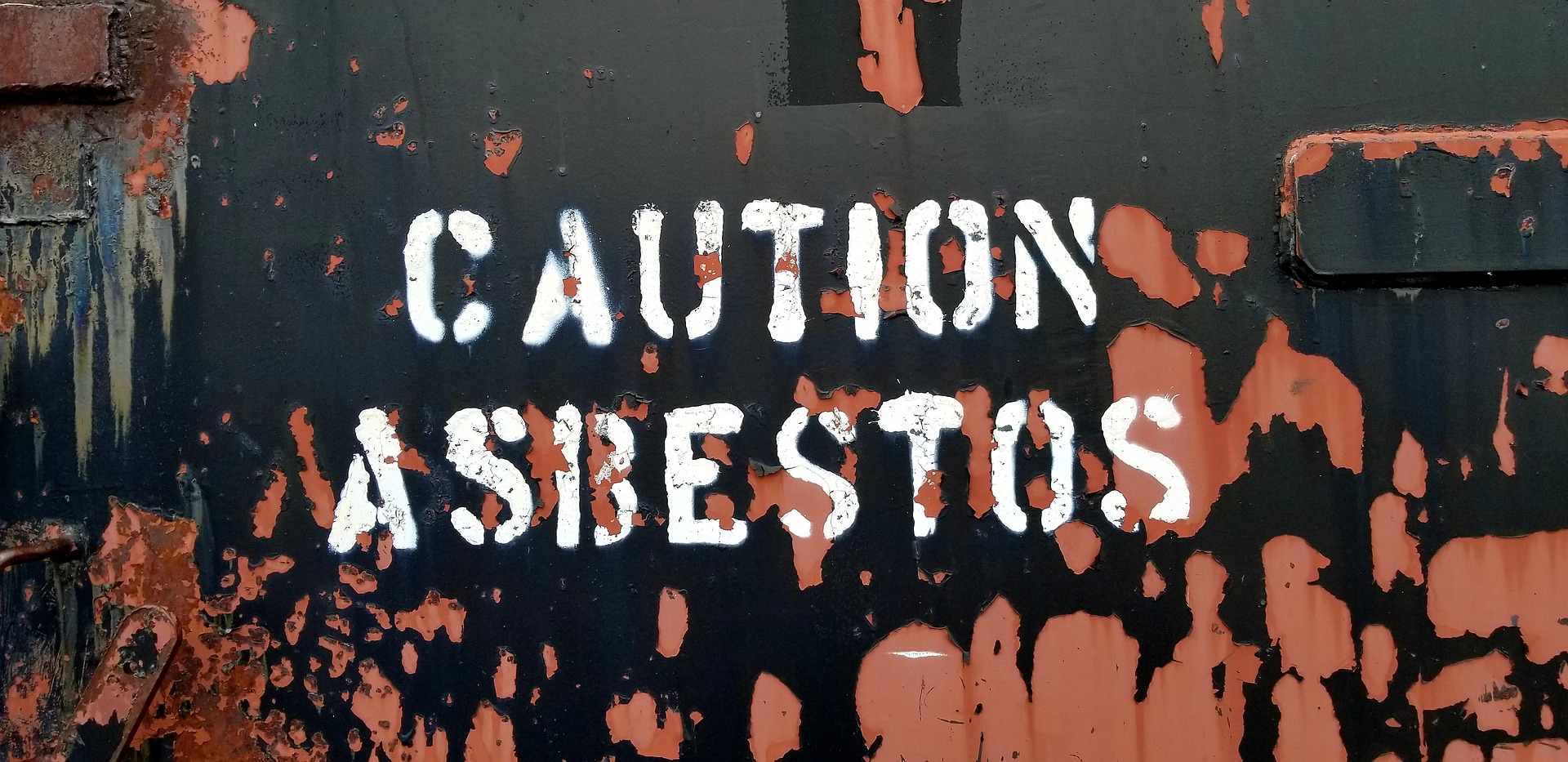It’s common knowledge that asbestos is a highly damaging group of microscopic fibres that can severely impact the health of our lungs if inhaled. Many wonder if there is an actual need for asbestos considering how dangerous it can be if not dealt with correctly. As of 1999, the use for asbestos was banned in the UK. However, during the 1950s-80s, asbestos was commonly used in buildings due to its strong resistance to chemical attacks, its poor ability to conduct heat, and its overall superb tensile strength.
With this in mind, it is important that property owners take on the responsibility of checking their buildings for this substance in order to protect their occupancies.
Asbestos and the dangers it involves
As previously mentioned, asbestos was a mineral fibre commonly used in building structures and additional maintenance work such as water supply lines, roofing materials, and for building insulation.
But when asbestos is inhaled, the fibres become trapped within your alveoli where the exchange of oxygen and carbon dioxide takes place. Since the fibres are lodged, they can irritate and scar lung tissue, resulting in damage or scarring of your lungs, making it difficult to breathe.
Although the immediate effects of inhaling asbestos may not be noticed at first, this can severely impact your health later in life. Health conditions such as asbestosis — an inflammatory disease that results in the scarring of the lungs — are a potential risk. In addition to this, cancer of the lungs can occur.
Taking health and safety seriously
With this in mind, finding out if there is a presence of asbestos in your buildings is essential. Before proven otherwise, always assume that there is.
Firstly, hiring a company that specialises in asbestos is advised to conduct an asbestos survey. They will be able to determine the locations, conditions and extent of asbestos within the property. After recording where the presumed asbestos is located, putting together a plan or drawing to illustrate where exactly this is should be done.
By hiring an asbestos company to do this for you, they will know the next steps to take in terms of the removal of the asbestos and whether it is in a damaged or disturbed condition. After this analysis has been concluded, it is essential you take on board their advice and follow their instructions on what to do next.
Are you a landlord? Here’s the asbestos need-to-knows
To help prevent your tenants being exposed to asbestos, Regulation 4 of the Control of Asbestos Regulations 2012outlines that landlords have certain responsibilities towards this. Depending on the extent of the maintenance and repair of non-domestic premises the tenant agreed to, this will decide the degree of legal duty landlords have.
For those that rent out properties, the same concept applies. For all the ‘common’ areas the building includes, you have the responsibility to ensure no potentially harmful asbestos containing materials are found. These common areas include:
- Staircases
- Corridors
- Roof spaces
- Boiler and plant rooms
- Outbuildings
- Gardens
It is always important that you are aware and up to date with all the information regarding the responsibilities you have as a landlord to protect your tenants from exposure to asbestos.
The consequences of not caring
As previously mentioned, depending on the extent of the legal duty both the tenant and the landlord have agreed upon in their contract, it can be up for debate who is responsible for dealing with asbestos issues. If the agreement excuses the landlord from any statutory compliance, this would mean that the tenant is obliged to comply with all common law and codes of practices that are presented — meaning the landlord would not be held accountable for any issues with the property. To add, it will also give the landlord the right to take direct action against the tenant for breaching their lease conditions.
Although, if this type of contract isn’t present, the responsibility usually is in the hands of the landlord. But again, this could differ if the tenant holds the greatest accountability over the premises.
As the Landlord and Tenant act of 1985 states, the property must be fit for human habitation before it can be leased. Part of this act states that any asbestos material that is in unsafe conditions must be dealt with before the property can be leased. If this is not the case, legal actions may be taken with the landlord.



 Bitcoin
Bitcoin  Ethereum
Ethereum  Tether
Tether  XRP
XRP  Solana
Solana  USDC
USDC  Cardano
Cardano  TRON
TRON  Lido Staked Ether
Lido Staked Ether  Avalanche
Avalanche  Toncoin
Toncoin